Budapest has several excellent museums, see below if any of them strikes your fancy.
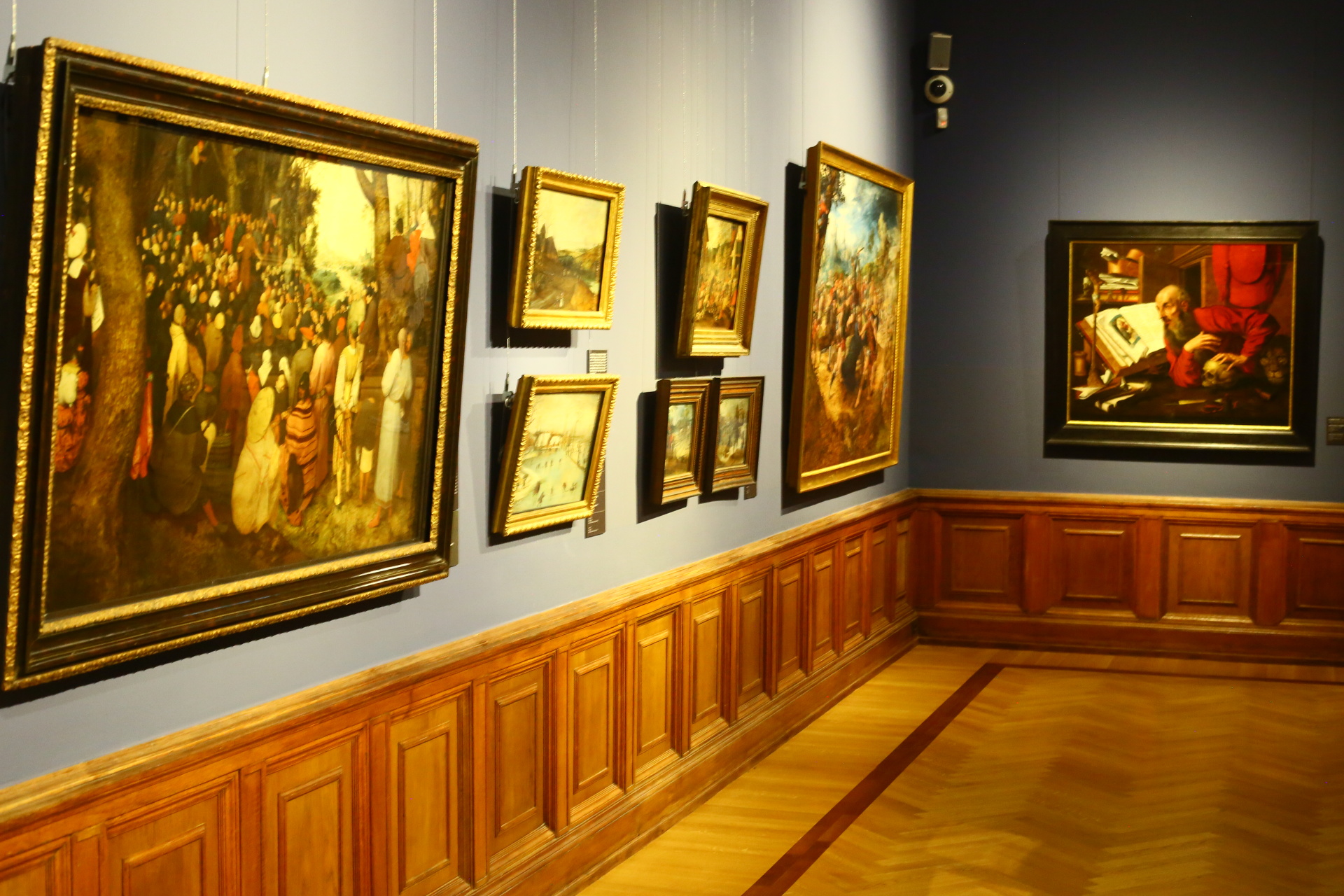
Budapest's public museums are open Tuesday through Sunday, normally from 10 a.m. to 6 p.m., and closed on Mondays. Admission fees are shown below. Unless noted differently, wall texts appear in both Hungarian and English.
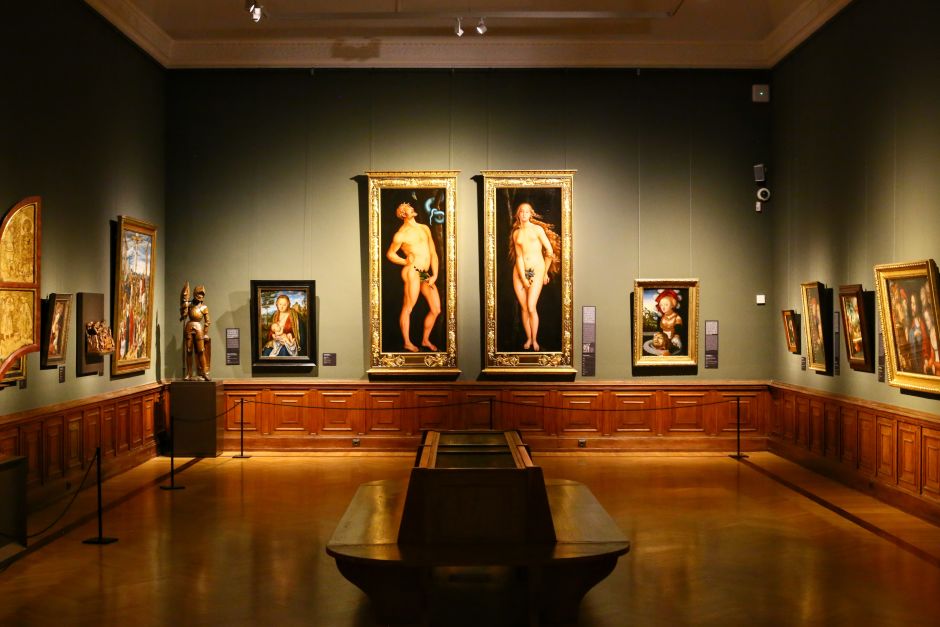
#1 - Museum of Fine Arts / Szépművészeti (location; 10 a.m. to 6 p.m., closed on Monday; HUF 5,200 admission and there's an annual pass for HUF 9,800): Beside Vienna's Kunsthistorisches, the Szépművészeti holds the most spectacular collection of old masters paintings in Central Europe. Much of it had belonged to the Esterházy family, one of the wealthiest in Austria-Hungary, before the Hungarian state purchased it in 1871 from the financially strapped Miklós Esterházy. There are works by Lucas Cranach the Elder, Albrecht Dürer, Raphael, Giorgione, Correggio, Titian, Bronzino, Tintoretto, Paolo Veronese, El Greco, Diego Velázquez, and Francisco Goya.
The Dutch and Flemish golden age is also well-represented with Pieter Bruegel the Elder, Peter Paul Rubens, Anthony van Dyck, Frans Hals, Jan Steen, Salomon van Ruysdael, Willem Claesz. Heda, Pieter Saenredam, and many others. These are some of my favorites.
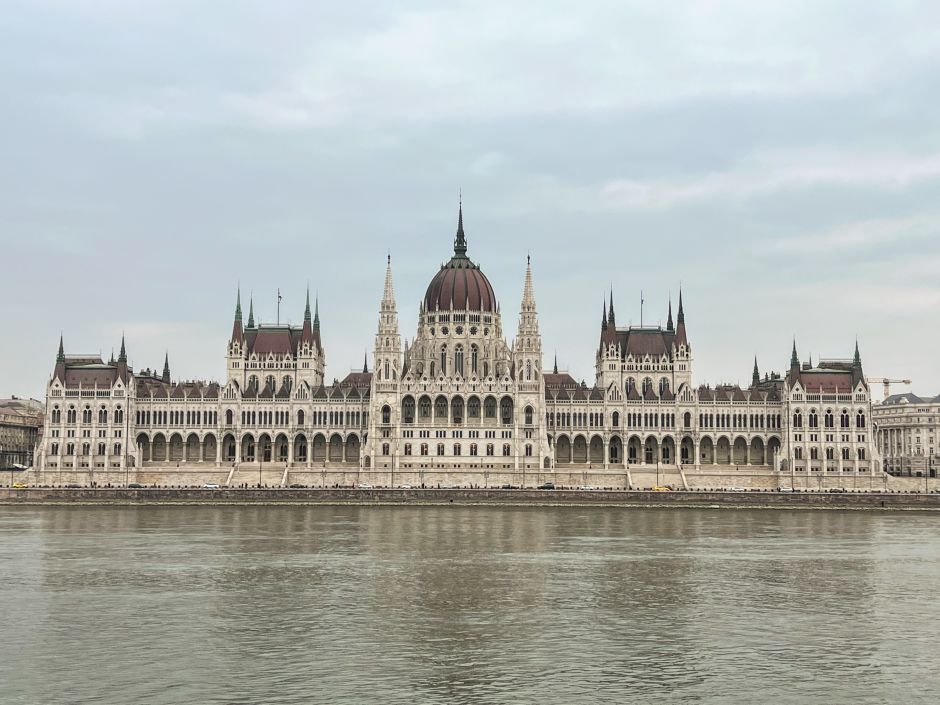
#2 - Parliament Building of Hungary (location; usually 8 a.m. to 6 p.m.; HUF 6,000 admission for EU citizens, otherwise HUF 12,000 which includes a multilingual guide; advance ticket purchase here): Stretched on the Danube's bank and containing 691 rooms, this enormous Gothic Revival building was erected when Budapest, together with Vienna, was the capital of Austria-Hungary. The 45-minute guided tour features Hungary's Holy Crown and the jaw-dropping interior of what used to be the Upper Chamber.
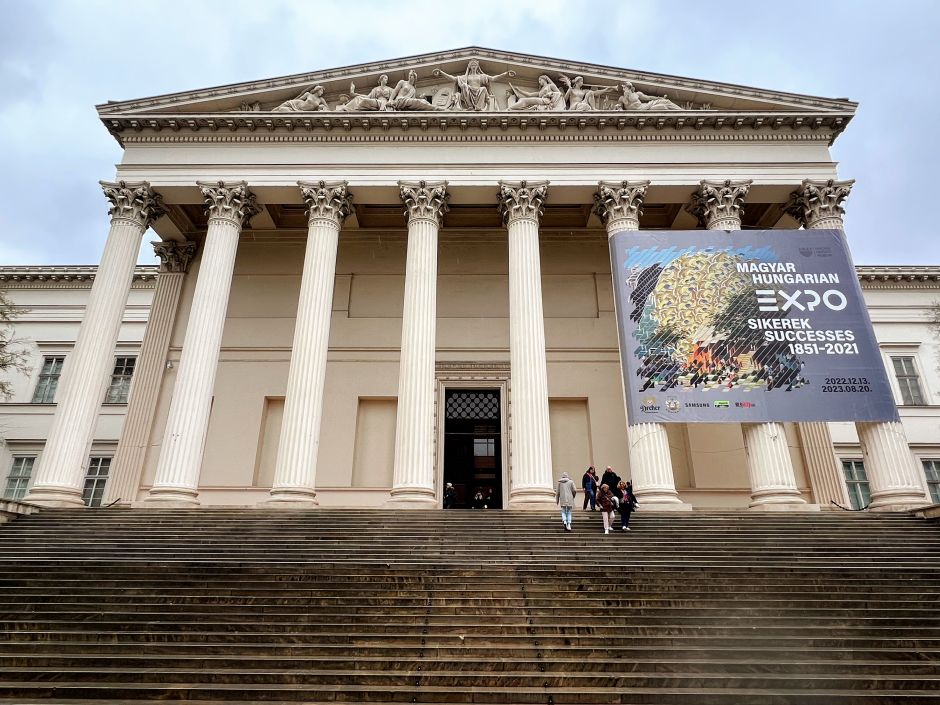
#3 - Hungarian National Museum (location; 10 a.m. to 6 p.m., closed on Monday; HUF 3,500 admission): Founded in 1802, this is Hungary's first and most famous museum. The sweeping permanent show sheds light on the people and the cultures that inhabited the Carpathian Basin – Celtic, Roman, German, Hun, Avar, Slavic, Hungarian, and many others. The upper floor, across 20 halls, traces the history of Hungary from its tribal beginnings through the Habsburg period all the way to the 1989 fall of Communism. Even if you don't feel like spending a whole day here, the museum’s astonishingly rich collection – with short and informative wall texts – is worth a glimpse (child-friendly, too). A special exhibition on the ground floor displays the Seuso Treasure, fourteen peerless silver vessels from the late-Roman era that were unearthed in Hungary.
And there’s the building itself. Designed by Mihály Pollack and built in 1837-1847, it’s one of the great examples of Neoclassical architecture in Europe (Pollack was to Budapest what Karl Friedrich Schinkel was to Berlin and Leo von Klenze to Munich). References to ancient Rome abound, including a coffered rotunda imitating the Pantheon – although its oculus is glassed in to protect the artworks.
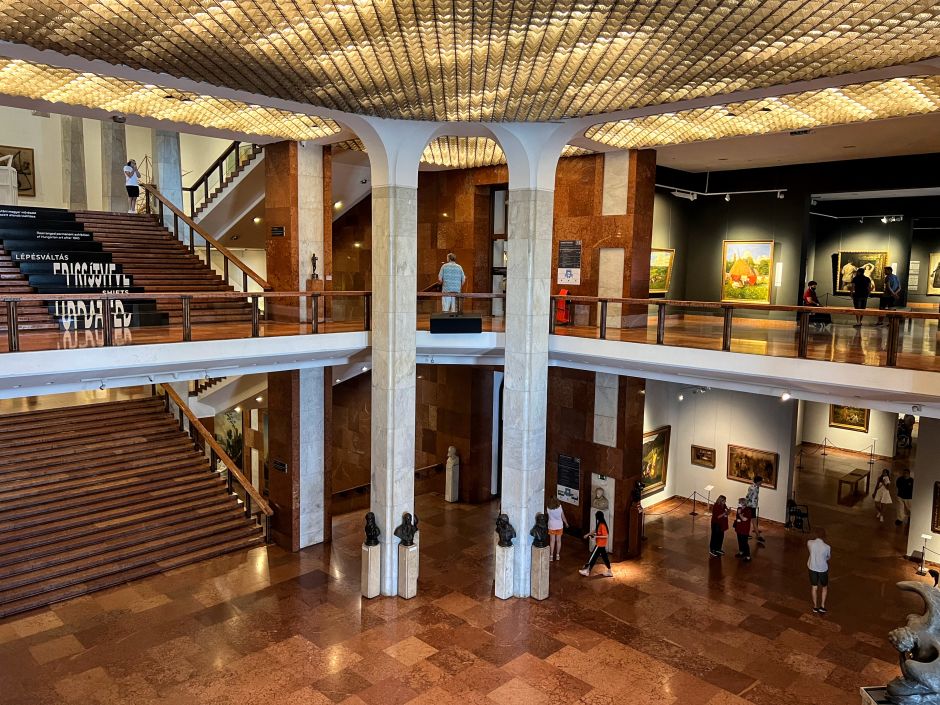
#4 - Hungarian National Gallery (location; 10 a.m. to 6 p.m., closed on Monday; HUF 4,800 admission): Located inside the Buda Castle but fitted in the late-modern style of the 1970s, this museum features Hungary's top artworks from the Middle Ages through the current day. It's here that you can take in oversized Gothic triptychs from northern Hungary; polished Biedermeier paintings of Miklós Barabás; the post-impressionism of József Rippl-Rónai; the monumental Henri Rousseau-esque works of Tivadar Csontváry Kosztka; the Expressionist portraits of Lajos Tihanyi; the nervous drawings of Lajos Vajda; and the haunting sculptures of Tibor Vilt. As you saunter through the museum, the Danube's bank and the Pest skyline provide a panoramic backdrop.
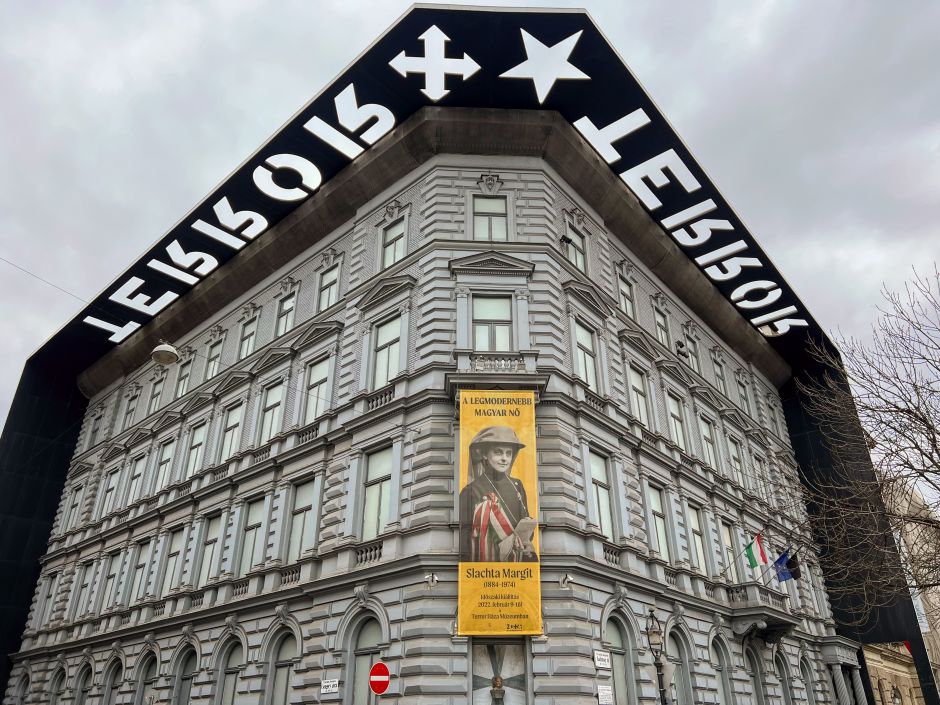
#5 - House of Terror (location; 10 a.m. to 6 p.m., closed on Monday; HUF 4,000 admission): One of the most visited museums in Budapest won't lift your spirits – the House of Terror details the brutalities committed by the Hungarian Communist regime of the 1950s (later, the system softened). Oddly, both the Hungarian Arrow Cross Party and later the Communist Secret Police occupied this very same building, using it for detention, interrogation, and torture. The everyday cruelty and sheer stupidity of the Stalinist Communist system of Mátyás Rákosi comes alive through old newsreels, interviews with survivors, and curated objects.
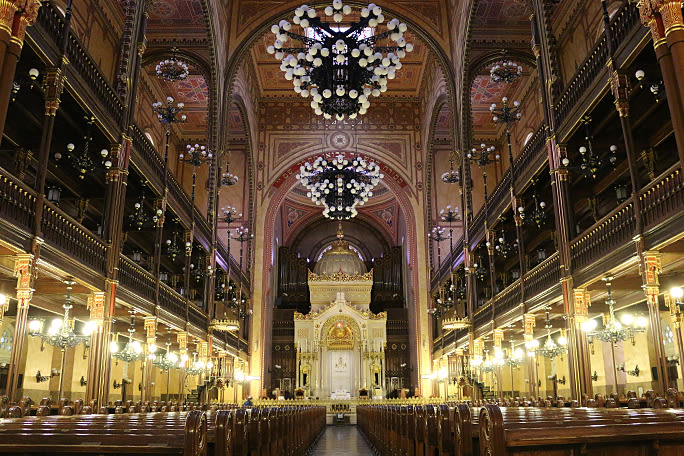
#6 - Dohány Street Synagogue & Jewish Museum (location; opening hours vary, closed on Saturday; HUF 10,800 admission includes a guided tour to the synagogue and entry to the Jewish Museum): Europe's largest synagogue has been the main temple of Budapest's assimilated Jewish residents since 1859. The building encloses the Garden of Remembrance, a mass grave for Jews murdered in 1944-45, and the weeping willow Holocaust memorial. Attached to the synagogue is the Jewish Museum, featuring objects from the lives of Hungarian Jews, including an ornate seder plate made by the renowned Herend Porcelain.
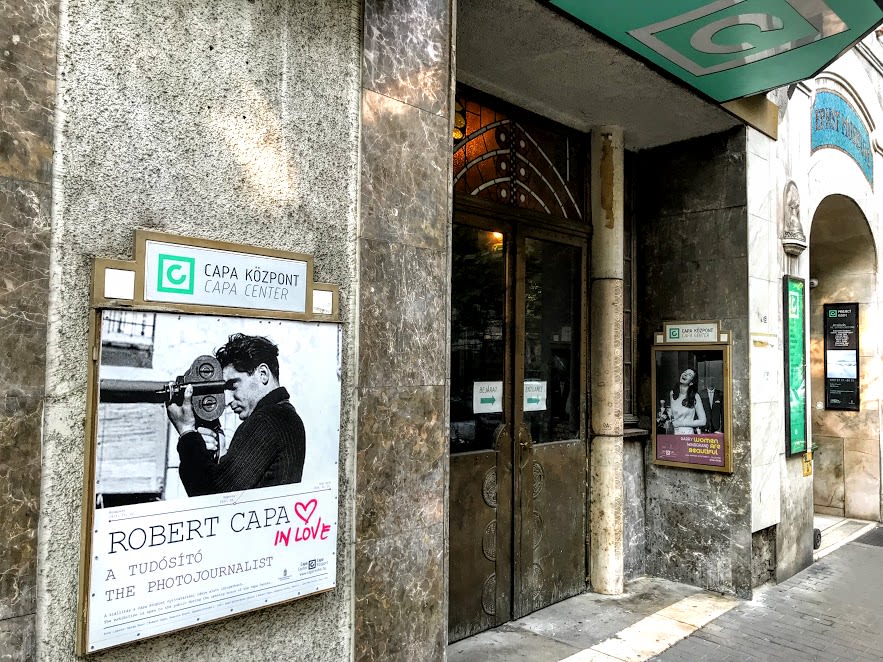
#7 - Robert Capa Contemporary Photography Center (location; 11 p.m. to 7 p.m., open every day; HUF 4,000 admission): This museum holds one of the largest photo collections of Robert Capa, the renowned war photographer who grew up in Budapest. The permanent exhibition features a rotating set of 140 pieces, including his famous pictures from the Spanish Civil War and D-Day. Also here: photos by André Kertész, another big name, taken as a young man in the Hungarian countryside. Before you leave, glimpse the Art Nouveau stained glass windows in the staircase designed by József Rippl-Rónai.
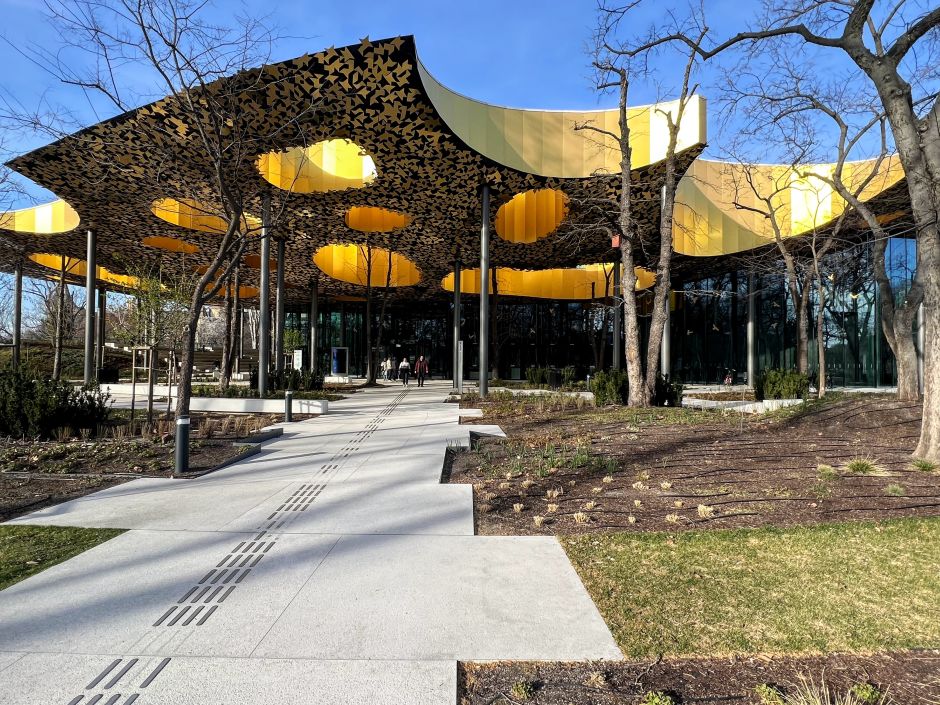
#8 - House of Music Hungary (location; 10 a.m. to 6 p.m., closed on Monday; HUF 3,900 admission): A recently opened Budapest museum, the House of Music charts the evolution of music from its tribal beginnings to the present day. The interactive and well-curated show takes detours to Hungary's greats, such as Ferenc Liszt, Béla Bartók, and Zoltán Kodály. Each visitor gets a high-quality wireless headphone for an immersive musical experience. Keep also an eye out for the concerts on the upstairs. The House of Music is located in the City Park, inside a striking building designed by Japanese star architect, Sou Fujimoto.
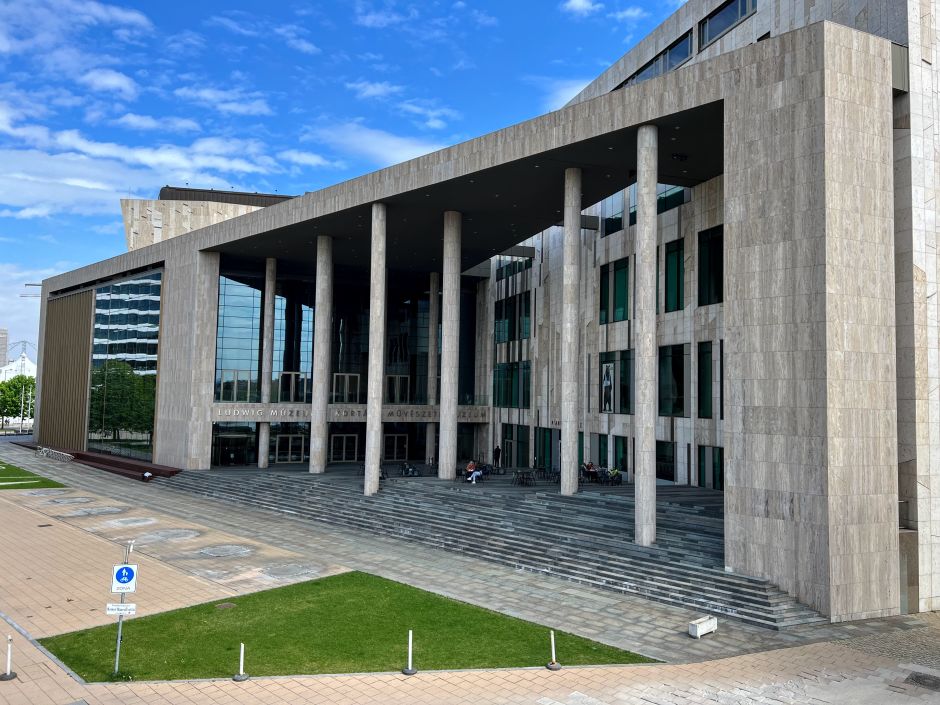
#9 - Ludwig Museum of Contemporary Art (location; 10 a.m. to 8 p.m., closed on Monday; HUF 2,400 admission): The scenic way to reach Budapest's main outlet for contemporary artworks is through the Danube promenade stretching all the way to Müpa, which is the home to the Ludwig Museum. Ludwig's permanent collection includes international heavyweights – Jasper Johns, Roy Lichtenstein, Pablo Picasso, Andy Warhol, David Hockney, Chuck Close – but what makes a visit especially thought-provoking is seeing how they compare to Hungarian artists from the same time.
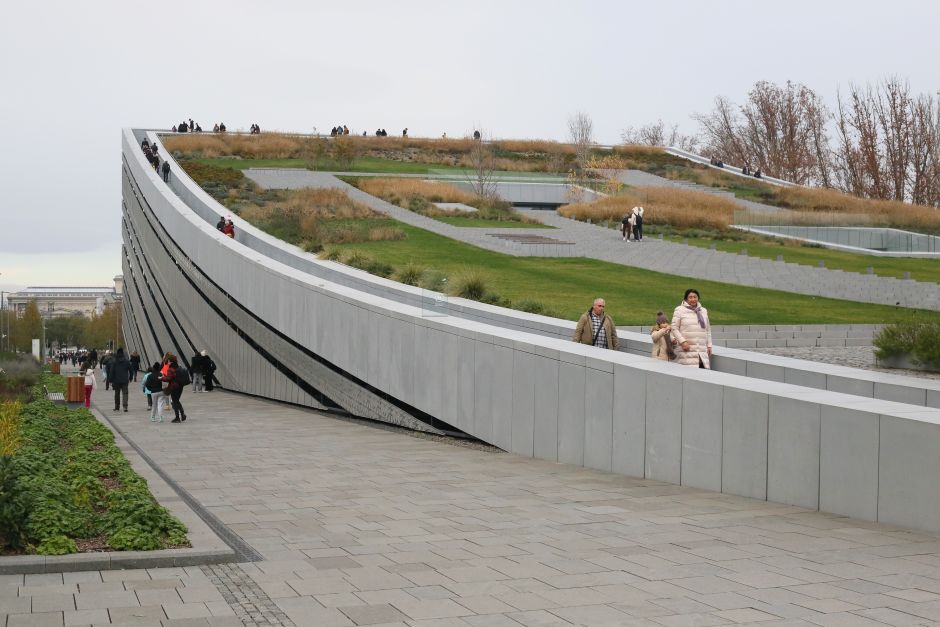
#10 - Museum of Ethnography (location; 10 a.m. to 6 p.m., closed on Monday; HUF 1,700 admission): Opened in 2022, the striking rooftop garden of Hungary's Museum of Ethnography has quickly become a must-see destination in itself. Inside, the museum has a deep collection of all things folk culture, although they're still finalizing the move so the exhibitions are partially complete currently. The pottery displays from around the world and the detailed Budapest-model in the vestibule are reasons enough to go.
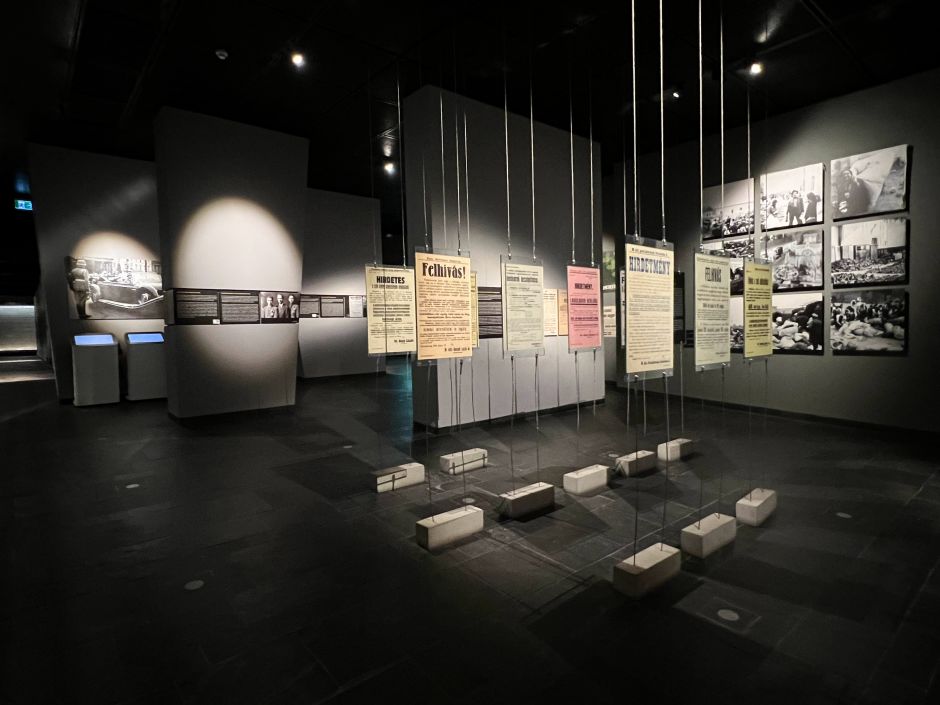
#11 - Holocaust Memorial Center (location; 10 a.m. to 6 p.m., closed on Monday; HUF 3,600 admission): This gripping exhibition follows the events leading up to and including the Holocaust, which resulted in the murder of more than half a million Hungarian Jews (and the creation of Hungarian Jewish communities in unexpected places). Apart from the museum, there's also a synagogue, a memorial garden with a wall of victims, and a tower listing all Hungarian towns where Jews have ceased to exist. The exhibition offers a 21st century museum experience through newsreels, photos, and interactive objects.
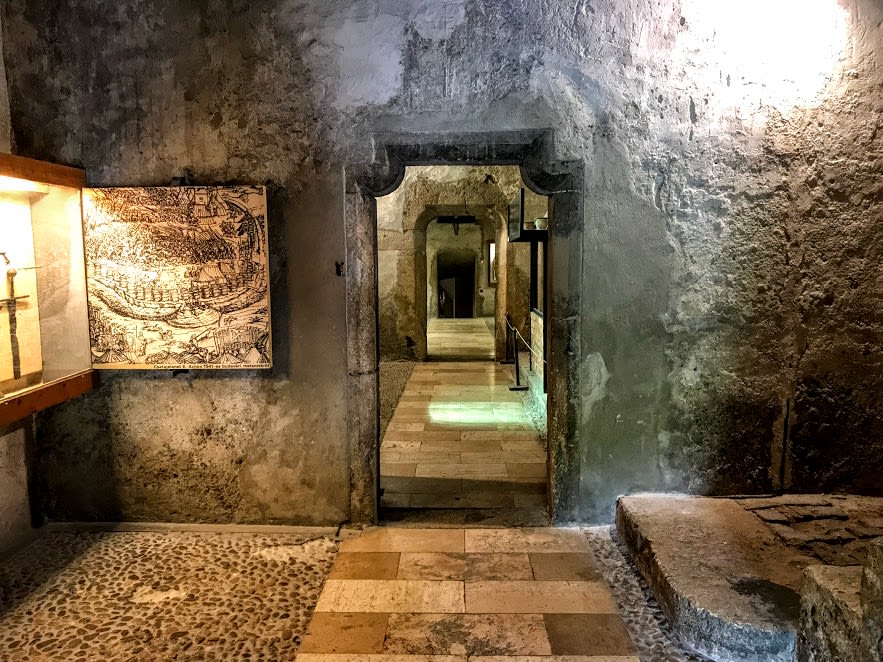
#12 - Budapest History Museum (location; 10 a.m. to 6 p.m., closed on Monday; HUF 4,500 admission for combined ticket with the St. Stephen's Hall): In 1967, this was the first museum to move into the Buda Castle, decades after the building was decimated in World War II bombings. The below-ground levels contain the remains of the Gothic-Reinassance halls of the great humanist king of Hungary, Matthias Corvinus, while the top floors present snippets of Budapest’s history from the beginnings to the present day. There's a helpful overview of the castle itself with objects from its main occupants. You can also glimpse the restored Saint Stephen's Hall and form an opinion about Revival-style interior design.

#13 - Zwack Unicum Museum (location; 10 a.m. to 5 p.m., closed on Sunday; HUF 3,300 admission): Unicum is a popular Hungarian liqueur, made from a secret formula containing more than forty types of herbs (an early fan: Joseph II, the enlightened Habsburg emperor). The museum traces the dramatic history of the company's founding Zwack family – persecuted by both the Hungarian Nazi and Communist regimes – and also includes a guided visit to the cellar with a taste. If you like the complex flavor of this royal concoction, you can fuel up on Unicum at the gift shop.
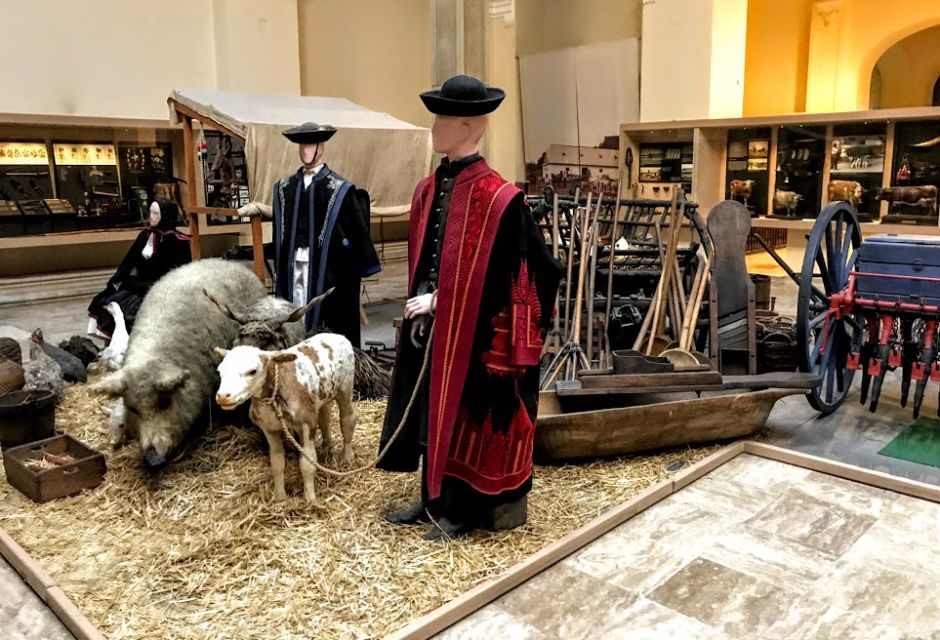
#14 - Museum of Hungarian Agriculture (location; 10 a.m. to 5 p.m., closed on Monday; HUF 2,500 admission): One of Budapest’s oldest and grandest museums is a tribute to Hungary’s rich soil and animal life. Perhaps there’s more information than you've ever wanted to know about plowing techniques, field crops, and forestry, but the best parts require little reading: nomadic yurts, mounted animals, and Habsburg hunting trophies. Don't miss this adorably quirky, under-the-radar museum to which we even wrote an ode.
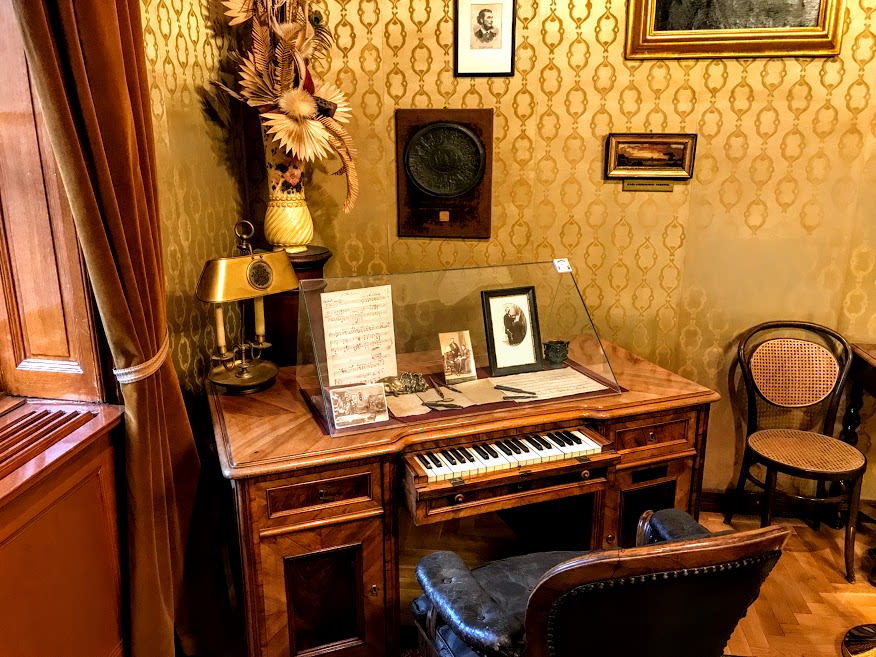
#15 - Ferenc Liszt Memorial Museum (location; 10 a.m. to 6 p.m. Monday to Friday, 9-5 on Saturday, closed on Sunday; HUF 3,000 admission): A small exhibition inside the apartment where Hungary's famous composer, Franz Liszt, spent his last years. While the modest furnishings speak of an unpretentious life, the array of memorabilia and unique musical instruments – many sent to him as gifts – betray Liszt's worldwide fame. It's worth getting an audio guide, which provides more information than the handout.
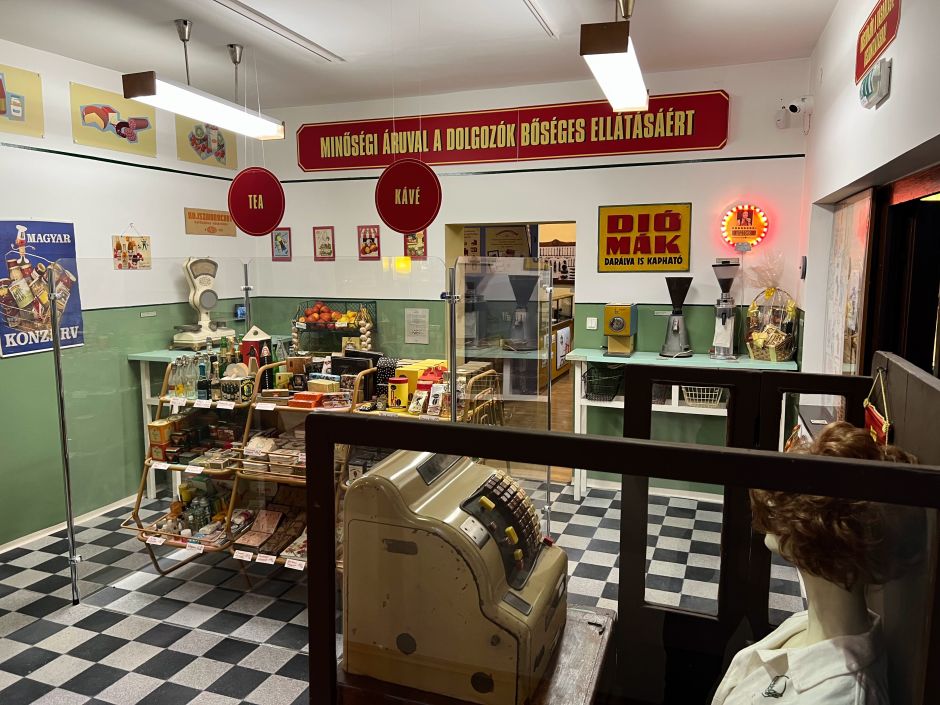
#16 - Hungarian Museum of Commerce and Hospitality (location; 10 a.m. to 6 p.m., closed on Monday; HUF 3,000 admission): An adorable and child-friendly museum dedicated to collecting, preserving, and displaying objects related to Hungary's hospitality industry and gastronomic history. The period rooms are fun and educational: Why were Budapest's cafés important? How did a typical middle-class dining table look? How about a pantry and a kitchen? What were good table manners? Logos of legendary Hungarian brands appear throughout (Unicum, Gerbeaud, Kőbányai, Szerencsi).

#17 - Hungarian House of Photography (Mai Manó House) (location; 12 p.m. to 7 p.m., closed on Monday; HUF 2,000 admission): This quirky building off Andrássy Avenue used to be the studio of Manó Mai, a royal court photographer in Austria-Hungary. Today, temporary-only exhibitions present high-end photography across different styles and periods. Don't miss Mai’s studio on the top level and note the bookstore on the mezzanine and the snug café on the ground floor. For more photography, walk a few blocks over to the Robert Capa Center (see above).

#18 - Semmelweis Museum (location; 12 p.m. to 7 p.m., closed on Monday; HUF 1,400 admission): An impressively rich collection about the history of medicine, from its esoteric beginnings all the way to the scientific discoveries of the 19th century. Some highlights: wonderful majolica medicine containers; old masters paintings of Saint Roch, the patron saint of the plague-ridden; one of the first X-ray machines used in Hungary; old dentist’s chairs; a salvaged neoclassical pharmacy interior designed by Mihály Pollack. There are short profiles on Hungary’s notable doctors, in fact, the museum inhabits the birth-house of professor Ignác Semmelweis (1818-1865), known as the savior of mothers. Semmelweis successfully tackled childbed fever (puerperal fever) by demanding that obstetricians wash their hands before treating patients, a revolutionary idea in the 1850s.
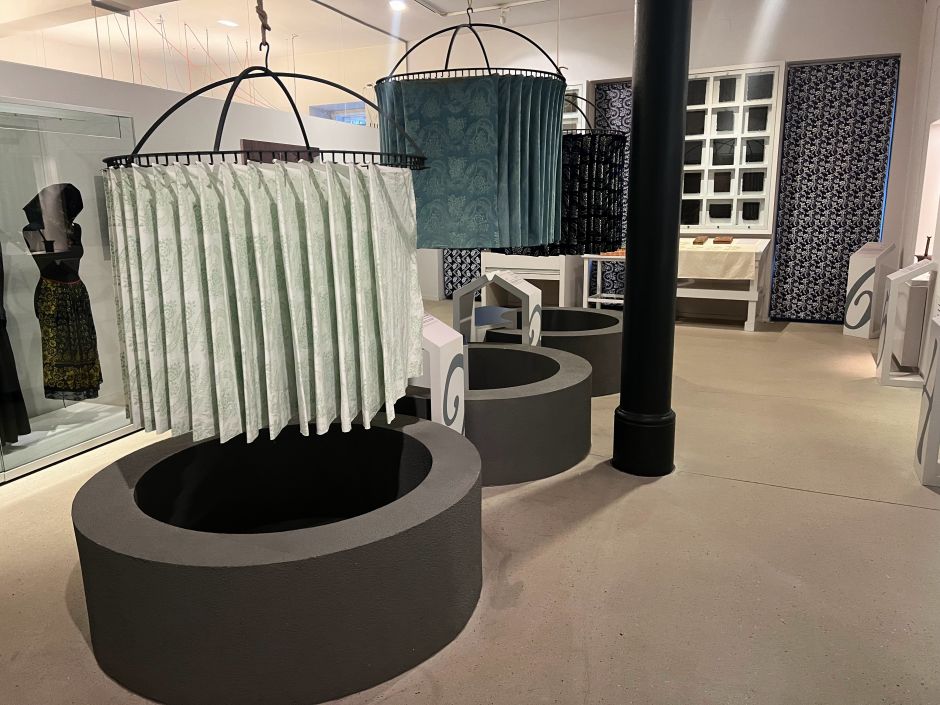
#19 - Goldberger Textile Museum (location; 10 a.m. to 6 p.m., closed on Monday; HUF 1,400 admission): An informative, interactive, and ultimately heartbreaking exhibition about the Goldberger family’s thriving textile manufacturing business in Óbuda. It follows the company's development from a one-man shop to a vertically integrated conglomerate to which even Hungary's King, Franz Joseph, paid a visit. Besides the Jewish-Hungarian family's history, you can learn about blue-dyeing and roller printing, and try your hand at pattern designs.
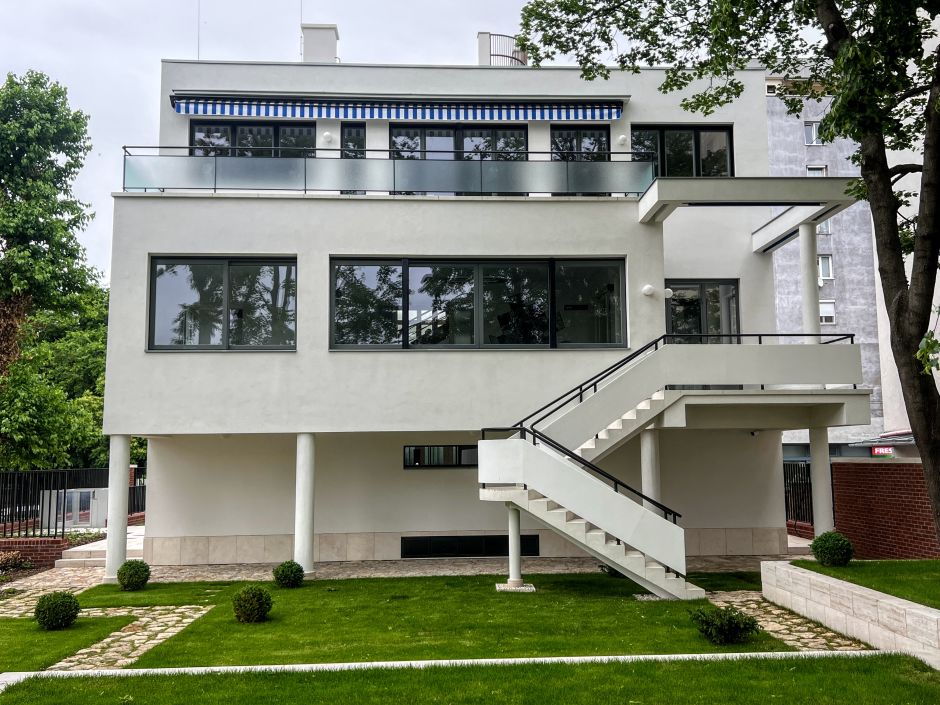
#20 - Walter Rózsi Villa – Architecture Museum (location; 10 a.m. to 6 p.m., closed on Monday and Tuesday; HUF 2,490 admission): Fans of architecture shouldn't miss this jewel of a modern house from 1936 that a critic referred to as Budapest's Villa Tugendhat. The gleaming white building raised on pilotis was designed by local architect József Fischer for the opera diva Rózsi Walter and her husband Géza Radó. While the main attraction is the building itself (be sure to view it from the backyard), there's a short exhibition inside about modern living with a few design pieces by the likes of Marcel Breuer.
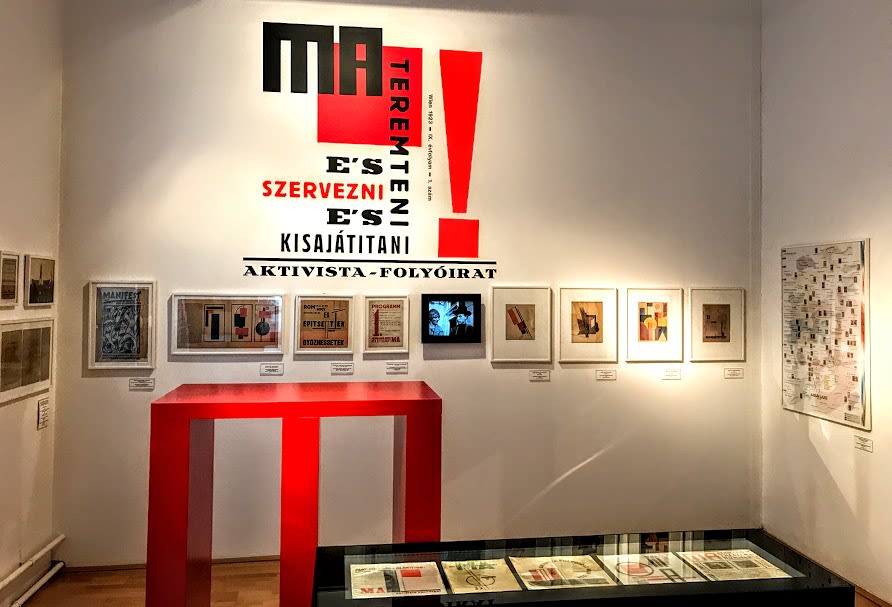
#21 - Kassák Museum (location; 10 a.m. to 5 p.m., closed on Monday and Tuesday; HUF 1,200 admission): The father of the Hungarian avant-garde, Lajos Kassák (1887-1967) was a poet, a writer, a painter, a typographer, and also the founder of the activist Ma (Today) art magazine to which people like Picasso, Moholy-Nagy, and Chagall contributed. The small exhibition, which details Kassák's continuous struggle with the Hungarian authorities across the political spectrum, provides fascinating vignettes about the early avant-garde period. The museum is near the Vasarely Museum (see below), so you could conveniently bundle the two.
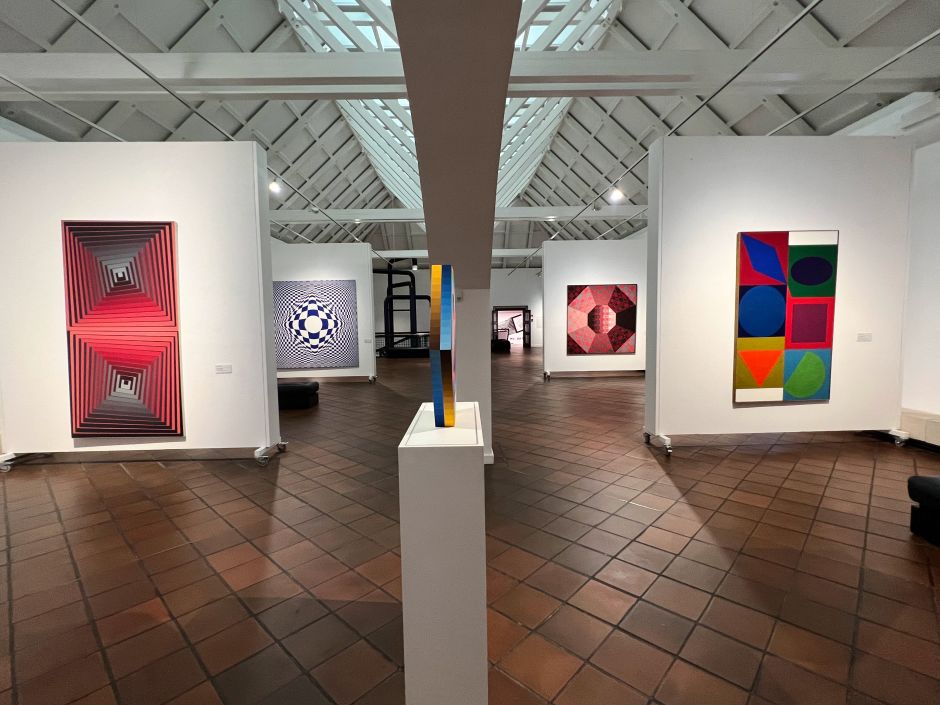
#22 - Victor Vasarely Museum (location; 10 a.m. to 6 p.m., closed on Monday; HUF 2,400 admission): Hungarian-born and educated Victor Vasarely was the founder of the Op Art movement, a popular form of abstract art in the 1960s that relied on optical illusions and spatial tricks. The roots of Vasarely’s works, as the exhibition helpfully explains, go back to the Bauhaus-type Budapest art school he attended before moving to Paris in 1930. The collection includes 150 selected pieces from across his lifetime.
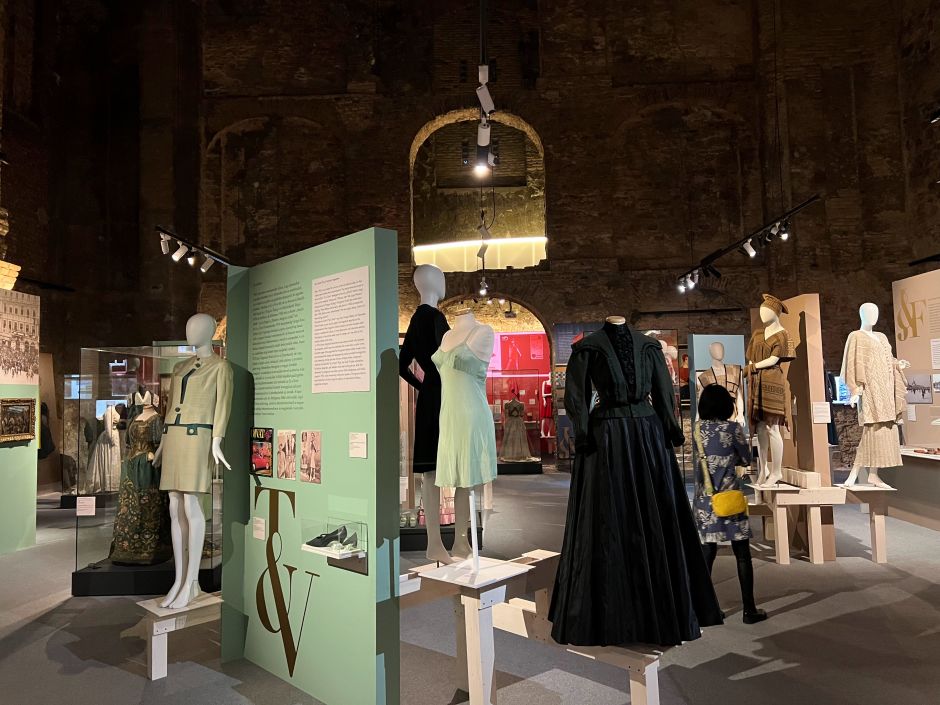
#23 - Kiscelli Museum (location; 10 a.m. to 6 p.m., closed on Monday; HUF 3,000 admission): Originally an 18th-century church with a monastery, this Baroque complex became a victim of emperor Joseph II's religious reforms. After a rollercoaster history, since the 1940s the Kiscelli has been a museum dedicated to all things Budapest: household furniture, topographical city paintings, store signs from days of yore, posters, architecture drawings (it's a sister institution of the Budapest History Museum featured above). Kiscelli is especially known for its temporary shows, most recently one on the city's evolving fashion trends, from its corset-pinched Monarchic origins to the present day, or on the pioneering pre-modern architect, Béla Lajta.
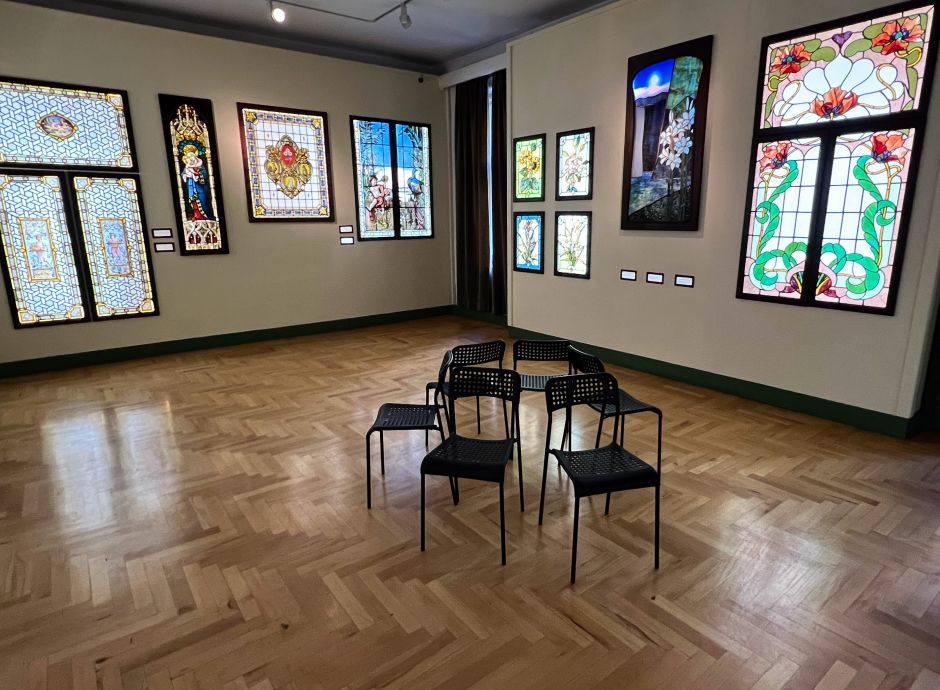
#24 - Róth Museum (location; 2 p.m. to 6 p.m., closed on Monday; HUF 1,000 admission): The Tiffany glass of Hungary, Miksa Róth’s renowned atelier designed and produced the stained glass windows for the country's most famous buildings including the Hungarian Parliament and the Academy of Music. The small museum features sixty impressive works of stained glass and more than a dozen glass mosaics, charting Róth’s evolution from historicism to Art Nouveau and Art Deco.

#25 - Imre Makovecz Center (location; 2 p.m. to 5 p.m., open on Monday, Wednesday, and Friday only; free admission): Apart from Hungarian-born Marcel Breuer, it's Imre Makovecz (1935-2011) whose name might ring a bell for architecture fans around the world. Makovecz's extravagant organic architecture was inspired by nature and folk culture. His buildings are located mainly in the Hungarian countryside, but the Makovecz Center – inside the residential house he designed for his family – offers a peek into the life of a creative genius. Books are available also in English.

#26 - Postal Stamp Museum (location; 10 a.m. to 6 p.m., closed on Monday; HUF 1,200 admission): This appealingly old-school museum just past the Grand Boulevard is a haunt of stamp collectors. By simply browsing the exhibition's half-a-million stamps, which includes the first ever issued in Hungary, visitors can learn about the country's eventful history (both Habsburg emperors and Communist party leaders make appearances). There are also stamps from nearly every country around the globe. Part of the fun is navigating the pull-out metal-framed glass plates that have been holding the collection since the museum opened in 1938.
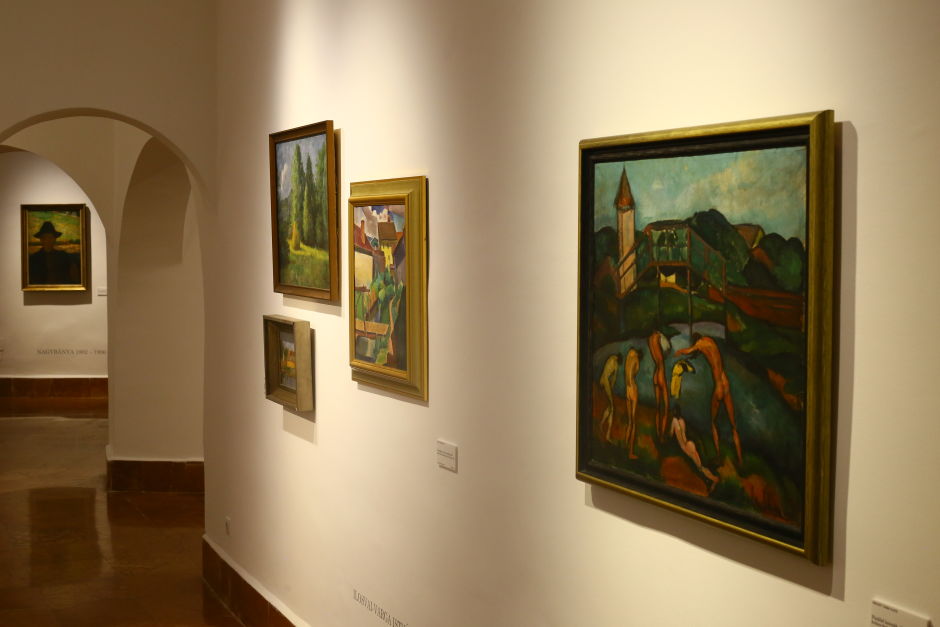
#27 - The museums of Szentendre: Apart from its cobble-stoned streets and Mediterranean charm, Szentendre is best known for its artists' colony and array of museums. This adorable town just 45-minutes from Budapest is home to the Ferenczy Museum, the Béla Czóbel Museum, and the Vajda Museum. You can read about those, as well as about other activities in my Szentendre guide.
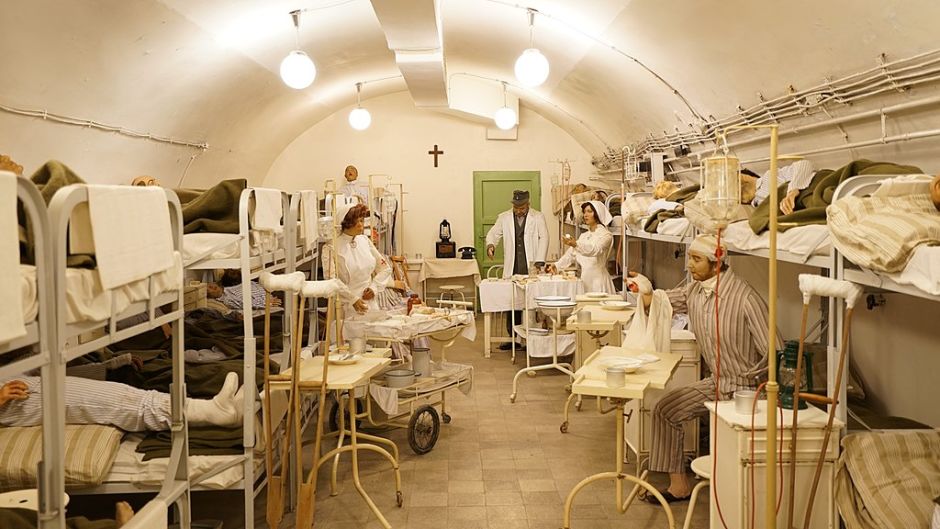
#28 - Hospital in the Rock (location; 10 a.m. to 7 p.m., open every day; €24 admission that includes a guided tour starting every hour): Carved into the belly of Budapest's Castle Hill, this labyrinthine hospital was built on the eve of WWII to provide care for the wounded. Hundreds of people were treated here during the months-long siege of Budapest, though survivors describe hellish conditions. In the Communist era (1947-1989), the place doubled as an atomic bunker. Note: If you suffer from claustrophobia, this museum, which is pricey, might not be for you.
